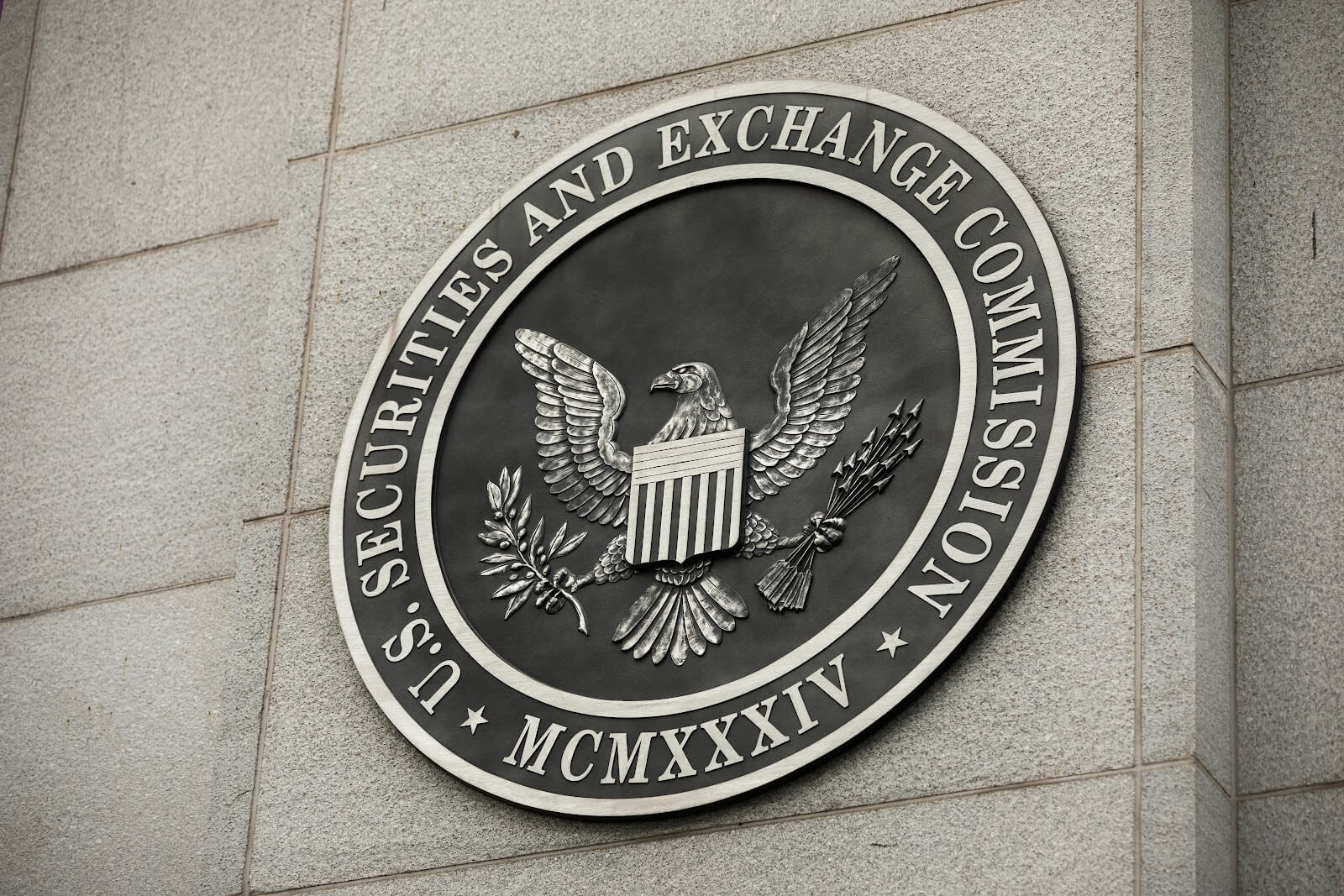Unlock the Editor’s Digest for free
Roula Khalaf, Editor of the FT, selects her favourite stories in this weekly newsletter.
Ron DeSantis and his backers have outspent Donald Trump, Joe Biden and other US presidential candidates, fuelling a political advertising battle that has already cost $250mn with almost a year left to go before the election.
The Florida governor is in an upper echelon of spending with fellow Republicans Trump and Nikki Haley, the former South Carolina governor, as well as their would-be Democratic opponent, Biden.
Despite a blizzard of airtime by his Republican rivals, Trump maintains a formidable advantage in primary polls, leading his two closest challengers by some 50 points, according to polling averages compiled by FiveThirtyEight.com. But hundreds of hours of political ads reveal telling details of strategy and tone. The Financial Times will be monitoring and analysing them regularly, using data from tracking group AdImpact.
Ad spending has been heavily concentrated in Iowa and New Hampshire. These are the two states that vote earliest in the Republican nominating contest — on January 15 and 23, respectively — and ones used to being blanketed in political advertising. Thirty-four per cent of all ad dollars have been spent in Iowa and 19 per cent in New Hampshire. (Together those states account for just over 1 per cent of the US population.)
But the leading Republican spenders have each chosen slightly different targets. DeSantis is spending most heavily in Iowa, while Haley is favouring New Hampshire relative to the group. Candidates hope to do well in these early states to gain exposure and momentum in the contests that follow. The candidate who secures the most delegates in state-by-state voting will become the Republican nominee at the party’s convention in July.
After the two parties’ nominees are chosen and the general election campaign begins in earnest, the ad battle is expected to shift to battleground states, including Arizona, Georgia, Michigan, Nevada, Pennsylvania and Wisconsin. The FT will monitor that geographical battle here as the race evolves.
Overall, pro-Republican spending has dwarfed pro-Democrat spending — no surprise given that Republicans are waging a competitive primary contest while Democrats seem nearly certain to nominate Biden. DeSantis has spent the most among Republicans, trailed by Trump and Haley.
The top tier of Republicans is followed by North Dakota governor Doug Burgum, a billionaire former software executive, and entrepreneur Vivek Ramaswamy, each polling in the single digits. (Republican Senator Tim Scott and groups backing him spent millions on ads, at one point topping this leaderboard, but Scott dropped out of the race in mid-November having never polled more than a few points in national surveys.)
The ad campaigns closely echo the messaging delivered by candidates in their stump speeches in both content and tone. DeSantis’s most-aired ad does not target the former president but instead criticises the Democratic incumbent’s policies at the US southern border, while highlighting his own plans to use deadly force.
“We’re going to leave them stone-cold dead, no excuses,” he says of his vow to kill Mexican cartel drug smugglers, in remarks taken from a public appearance.
Another frequently aired DeSantis ad drew sharp contrasts between the Florida governor and Biden (“one man won historic re-election, and one did not”), though one in frequent circulation did take on Trump (“he’s all about himself”).
Haley’s most-aired ad, meanwhile, focuses on foreign policy. The spot cites her record as ambassador to the UN under Trump, where she “fought America’s enemies — and won”. It declares her “tough as nails, smart as a whip”. Communist China, she says, like the Soviet Union before it, “will end up on the ash heap of history”.
Other common Haley ads criticised the age of many US political leaders (“the most privileged nursing home in the country”) and by implication the 81-year-old Biden, and re-emphasised her foreign policy experience in the Trump administration (its “surprise rock star”).
Trump’s most frequently played ad accuses DeSantis of “siding with the liberals” on Puerto Rican statehood, risking conservative positions on Supreme Court membership, gun laws and amnesty. Other ads assured viewers that Trump will “keep us safe”, specifically mentioning Isis, Iran and Afghanistan, and criticised DeSantis’s fiscal policy, calling him “Ron DeSalesTax”.
The most common word spoken across all the campaign ads is “America”.
This autumn saw intense spending on ad broadcasts, but that has abated somewhat in recent weeks as the Republican field narrows. Residents of Iowa and New Hampshire can rest assured that there will be plenty of political ads on their televisions as their election days draw near.
After Iowa and New Hampshire, there are Republican primary contests in states including Nevada and South Carolina in February, and dozens more in March, including those scheduled for so-called Super Tuesday on March 5.
Credit: Source link





















